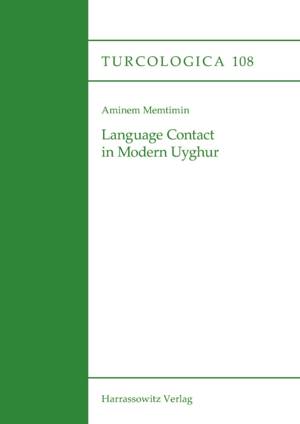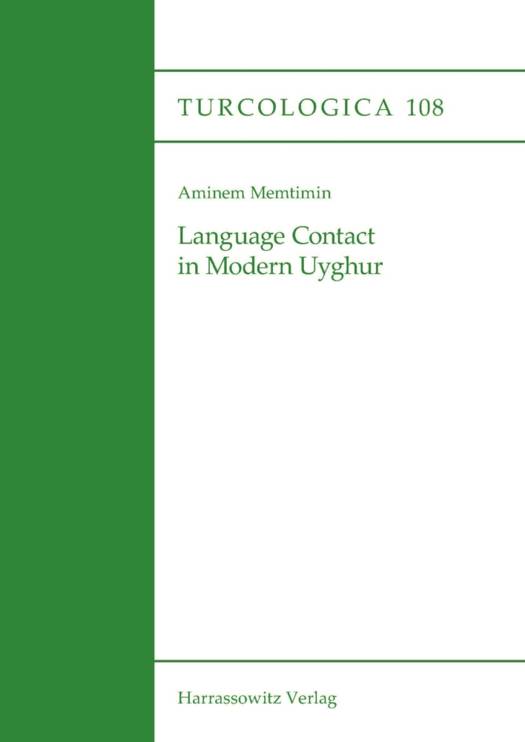
- Afhalen na 1 uur in een winkel met voorraad
- Gratis thuislevering in België vanaf € 30
- Ruim aanbod met 7 miljoen producten
- Afhalen na 1 uur in een winkel met voorraad
- Gratis thuislevering in België vanaf € 30
- Ruim aanbod met 7 miljoen producten
Zoeken
€ 120,95
+ 241 punten
Omschrijving
This work is about Modern Uyghur, a Turkic language spoken mainly by around 11 million Uyghurs in the Xinjiang Uyghur Autonomous Region, the northwestern part of the People's Republic of China. It describes and analyzes the linguistic and historical consequences of contact-induced change in evidence in Modern Uyghur in both their linguistic and sociolinguistic aspects, based on empirical material. Most relevant contact languages are typologically quite different from each other and from Turkic and belong to different genetic groups: Semitic (Arabic), Iranian (Persian), Slavic (Russian) and Sino-Tibetan (Chinese). The only contact languages which are typologically similar to Turkic are the Mongolic ones; this important contact situation has hitherto not received the interest it deserves in scholarly literature. Although much of our subject matter is in the past, our present-day material lends itself to the contrast of five different types of language interaction. We present detailed accounts of various aspects of the integration of foreign morphological units into Uyghur, and phonetic and phonological changes of elements copied from spoken and written, standard and dialect varieties of the sources languages. We have listed types of semantic classification observable for the different contact languages, looking at the competition between terms from these languages during the past and present in the contact scenarios offered by Uyghur.
Specificaties
Betrokkenen
- Auteur(s):
- Uitgeverij:
Inhoud
- Aantal bladzijden:
- 245
- Taal:
- Engels
- Reeks:
- Reeksnummer:
- nr. 108
Eigenschappen
- Productcode (EAN):
- 9783447106313
- Verschijningsdatum:
- 22/06/2016
- Uitvoering:
- Paperback
- Formaat:
- Trade paperback (VS)
- Afmetingen:
- 170 mm x 241 mm
- Gewicht:
- 498 g

Alleen bij Standaard Boekhandel
+ 241 punten op je klantenkaart van Standaard Boekhandel
Beoordelingen
We publiceren alleen reviews die voldoen aan de voorwaarden voor reviews. Bekijk onze voorwaarden voor reviews.








